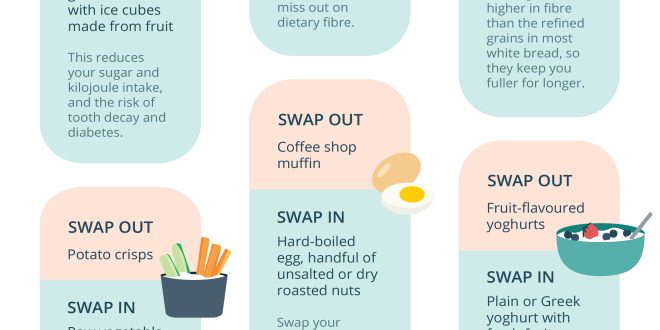Kids’ packaged foods and drinks, with all their flashy colors and cartoon characters, often hide a truth that might make you wince: they’re usually swimming in sugar and not exactly packed with the good stuff. A recent study really dug into this, and the findings? Let’s just say they highlight a pretty big gap between what these products promise and what they actually deliver. This makes you wonder about the long-term effects on our kids who are munching on these things regularly, doesn’t it?
Key Findings of the Study
High Sugar Content
Okay, so the study basically confirmed what many of us probably already suspected: a whole bunch of these packaged goodies aimed at kids are loaded with added sugar. I’m talking about those flavored yogurts that seem harmless, the sugary cereals that promise a great start to the day, and those ever-present juice boxes. It’s kind of alarming, isn’t it?
Nutritional Deficiencies
But here’s the kicker. Not only are these things sugary bombs, but they’re also often missing the essential vitamins, minerals, and fiber that kids actually need. So, you’re getting a ton of calories without much nutritional value. It’s like…empty promises in a colorful wrapper. Makes you think twice, right?
Misleading Marketing Tactics
And let’s not forget the marketing. The study pointed out how food companies use all sorts of tricks to make these products seem healthier than they are. Cartoon characters, bright colors, and even sneaky health claims are all designed to grab your attention and mask what’s really inside. It’s a bit like a magician’s act, but with potentially harmful consequences. Clever, but is it ethical?
Health Implications for Children
Increased Risk of Obesity
We all know too much sugar isn’t a good thing, but it’s worth repeating: it’s a major player in childhood obesity. And that, in turn, can lead to some serious health issues down the road, like type 2 diabetes and heart disease. It’s a scary thought when you realize how early these patterns can start. What kind of future are we setting them up for?
Impact on Dental Health
Here’s one we often forget: sugary stuff is basically candy for bacteria in your mouth, leading to tooth decay and cavities. I remember my own dentist bills growing up… not fun, and definitely something we want to help our kids avoid. Plus, who wants their little one in pain from a toothache?
Poor Cognitive Development
And get this: nutritional deficiencies can mess with a kid’s brain development. That means it can affect their ability to learn, concentrate, and do well in school. It’s not just about physical health; it’s about their mental potential too. Makes you wonder if those sugary snacks are really worth it, doesn’t it?
What Can Parents Do?
Read Food Labels Carefully
Alright, so what can we do? First off, become a label detective! Seriously, take a good look at those food labels. Pay attention to the sugar content, serving sizes (because who actually sticks to one serving?), and the ingredient list. The more you know, the better choices you can make. Knowledge is power, right?
Choose Whole, Unprocessed Foods
Let’s face it; whole foods are where it’s at. Think fruits, veggies, lean proteins, and whole grains. These are the real MVPs of a healthy diet. It might take a bit more effort to prep them, but your kids (and their bodies) will thank you for it.
Limit Packaged Foods and Drinks
This one’s tough, but try to cut back on the packaged stuff. Swap out those juice boxes for water, and try making your own snacks at home. It doesn’t have to be perfect, but every little bit helps. Plus, homemade snacks can be surprisingly fun to make together. Quality time, anyone?
Advocate for Change
And finally, let’s push for some real change. Support policies that make healthier food options more accessible and put limits on the marketing of unhealthy foods to kids. It’s about creating a healthier environment for all our children. We’ve got to be their advocates!
So, yeah, that study really shines a light on what’s lurking in those colorful packages. It’s a bit unsettling, sure, but it also arms you with the info you need to make better choices for your kids. Take a peek at those labels, sneak in some extra fruits and veggies, and let’s try to make snack time a little bit healthier, one step at a time. What do you think? Are you up for the challenge?
 Beverage Zone
Beverage Zone




